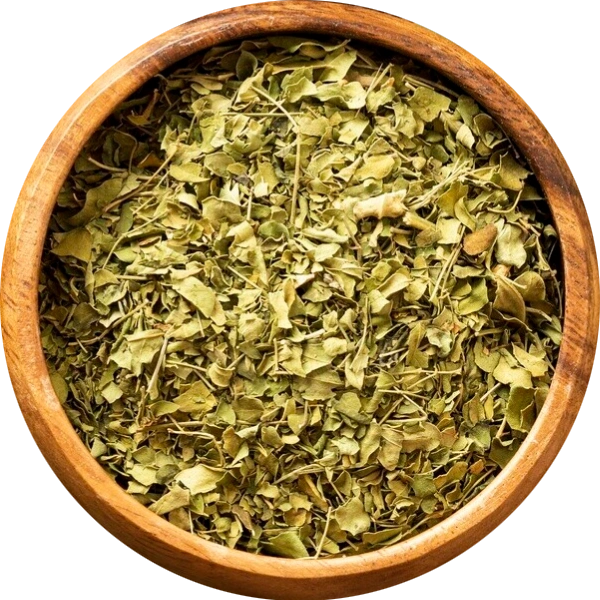
Nutritional properties of Basil (Dried)
Energy :
229.00 Kcal / 100g
Category : Spices & Sauces
Group : Basic Spices & Condiments
Composition And Nutritional Value :Dried basil is a rich source of vitamins and minerals, including vitamin K, vitamin A, and several B-vitamins, such as folate and niacin. It also provides important minerals like calcium, magnesium, and iron. The herb contains powerful antioxidants, including flavonoids and polyphenols, which contribute to its health-promoting effects. Dried basil retains many of its nutritional benefits and offers a concentrated flavor compared to fresh basil, making it a valuable addition to many dishes.
Health Benefits : Dried basil has several health benefits due to its antimicrobial, anti-inflammatory, and antioxidant properties. It may help reduce inflammation and support digestive health by stimulating the production of digestive enzymes. Basil also has antibacterial and antiviral effects, which can help combat infections. The antioxidants found in basil can protect the body from oxidative stress, and basil is believed to have potential benefits for heart health by helping to regulate blood pressure and cholesterol levels.
Culinary Uses : Dried basil is a key ingredient in Mediterranean, Italian, and Middle Eastern cuisines. It is commonly used in pasta sauces, pizza toppings, and pesto, as well as in soups, stews, and marinades. Dried basil can also enhance the flavor of roasted vegetables, salads, and grain-based dishes like rice or quinoa. It pairs well with tomatoes, garlic, oregano, and olive oil, and is often used in spice blends such as Italian seasoning and herbes de Provence.
Types : There are several varieties of basil, with the most common being sweet basil, which is typically used in cooking. Other types include Thai basil, which has a slightly spicy, anise-like flavor, and purple basil, which has a more intense flavor and is often used for its vibrant color in salads and garnishes. While these varieties are usually fresh, their dried forms are widely available, with sweet basil being the most commonly used dried basil for culinary purposes.
Shopping And Storage Tips : When buying dried basil, look for a bright green color and a strong, aromatic scent. Avoid dried basil that appears brown or lacks aroma, as this indicates it may have lost its flavor. Store dried basil in an airtight container, away from light and heat, in a cool, dry place. Properly stored, dried basil can retain its flavor for up to one year, but it is most potent within six months. If you prefer to store fresh basil, you can dry it yourself by hanging it upside down or using a dehydrator.

